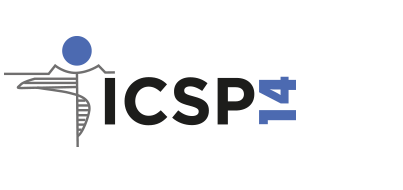14th International Conference on Shot Peening
Abstract [112]
Kelsey-Ann Vellaa, Joseph Buhagiara, Glenn Cassara, Luana Bonnicia, Jian Chenb, Xiyu Zhangb, Mingyue Liub, Zhiquan Huangb, Ann Zammit
Department of Metallurgy and Materials Engineering, University of Malta, Msida, Malta ann.zammit@um.edu.mt
b School of Materials Science and Engineering, SEU University, Nanjing, Jiangsu Province, China
j.chen@seu.edu.cn
Introduction
Ti-6Al-4V is a widely used titanium alloy having a combination of various desirable properties, such as low elastic modulus and good fatigue strength [1]. Furthermore, manufacturing the alloy via additive manufacturing is beneficial due to the provided ability of rapidly producing complex parts [2]. The alloy’s employment in the marine industry is not uncommon, especially due to the ability of producing lightweight components having an excellent corrosion resistance. However, the use of Ti-6Al-4V is limited by its poor behaviour in friction conditions with a tendency to gall and fret [3]. This limitation can be combatted through surface engineering techniques, namely shot peening (SP).
Objectives
This study aims at providing an insight into the effect of SP a Ti-6Al-4V alloy which has been additively manufactured by selective laser melting. The alloy was subjected to shot peening and studies were carried out on the microstructure, microhardness, surface roughness and tribocorrosion behaviour.
Date
17 Novembre 2022

